Beauty brands are turning to a new kind of research called neuroscent technology to discover the elements that lure us into buying fragrances. Trudi Brewer shares the story.
Making perfume is an art that dates back to ancient Greece. However, today, perfumers are beginning to look beyond their noses to develop fragrances most likely to appeal to us. They are, instead, turning to AI. Today, scent can be created to trigger emotional responses using a science called neuroscents – odours shown by biometric measures to arouse different positive feelings such as calmness, euphoria, or sleepiness.
Hugo Ferreira, a researcher at the Institute of Biophysics and Biomedical Engineering in Lisbon, is mapping brain activity and response to perfumes to build a database of neuroscents. He says the sense of smell is fascinating. "With sight and hearing, you can imagine the face of a loved one or favourite tune. It's hard to imagine a smell even though it can provoke a torrent of emotions and memories." Ferreira says this is due to the structure of the olfactory system.” Here’s a quick science lesson: Messages from scent receptors are sent via the olfactory bulb (tissue in the brain that contains several nerve cells involved in the sense of smell); those different brain areas control everything from memory or thirst to stress reactions. "Olfaction is the most diverse sense with many different receptors. It's estimated that there are about 400 different olfactory receptor gene families. These various connections may explain how we can 'smell fear', or the smell of victory," says Ferreira.
“Leave the magic to the artists. Why do we need a computer to tell us what our nose already knows.”
Many beauty brands have invested in neuroscent research and technology, as the possibility of creating fragrances proven to make consumers feel good is big business. L'Oréal has partnered with neurotechnology company Emotiv to develop a scent choice experience’. During 2023, shoppers at certain Yves Saint Laurent stores globally will use headsets to create an electroencephalogram – EEG – to discover which scents appealed to them. Results so far show that 95 per cent of customers who used the headset found the right perfume. Spanish fashion and fragrance business Puig says it took 45 million brain readings from men aged 18-35 to finesse the cologne Phantom by Paco Rabanne, adding lavender and lemon to the formula due to its research. Givenchy Very Irresistible Eau de Parfum has also been developed using this technology and has been a bestseller for 20 years. The latest includes a rose extract, dubbed ‘anti-morose,’ chosen after biometric research. It gives this scent a luscious vibe, adding luminosity to the blonde woods, pear and ambrette.
While mass-market scents can only make so much use of this technology – any scent for sale across five continents has to appeal to a broad audience – niche perfumiers are creating ultra-personal formulas. South Korean company Amorepacific’s personalised bath bomb, created using real-time biodata by a ‘bathbot’ (sadly, it’s not available internationally yet), but EveryHuman – an algorithmic perfumery based in the Netherlands – makes unique scents in a matter of minutes using a questionnaire and algorithms. This month, the company diversified into room fragrance, so visitors to Moooi furniture store in London can watch their Willy Wonka-esque machine in action.
Anahita Mekanik is co-founder of EveryHuman (the world's first AI-guided scent creation perfumery), who previously worked at major fragrance houses for 20 years in scent development and marketing believes: “My interest in algorithmic perfumery is the access it provides to people to engage with scent directly. As a scent developer, what I found most fascinating was that thousands of iterations would be made and discarded for every scent launched. Evaluating all those ‘imperfect’ trials that never made it to consumers – some of which they would’ve loved – was the core of the development process.” Scientific perfume is not for everyone. Broadcaster and perfume writer Katie Puckrik says she’d like to “Design her own perfume as much as crush the grapes for her own wine.” She adds, “Leave the magic to the artists. Why do we need a computer to tell us what our nose already knows? The serendipity of stumbling on to a new favourite fragrance is a rare moment of grace we should allow ourselves.”
For Ferreira, the magic comes from the very nature of scent. “We are all familiar with the use of fragrances in cosmetics and aromatherapy, which positively impacts our sense of self, but these applications could just scratch the surface of odorant molecules’ therapeutic benefits. How scent can be modulated for health or other purposes is a study for several lifetimes.”
Words by Alice Fisher

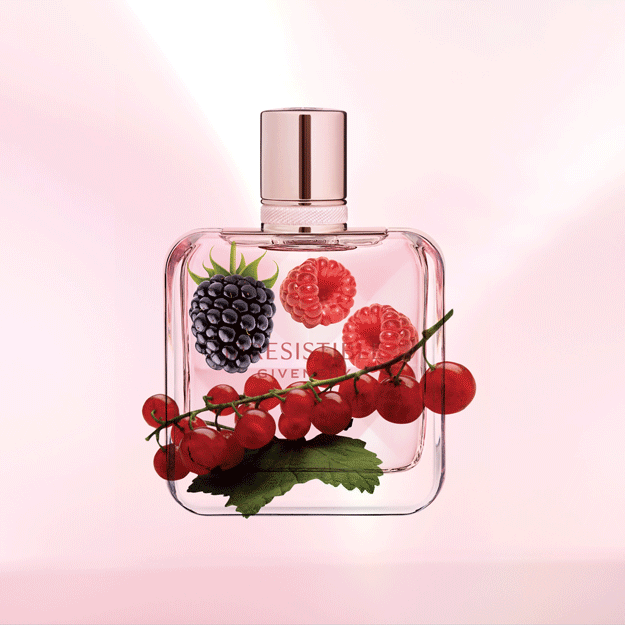








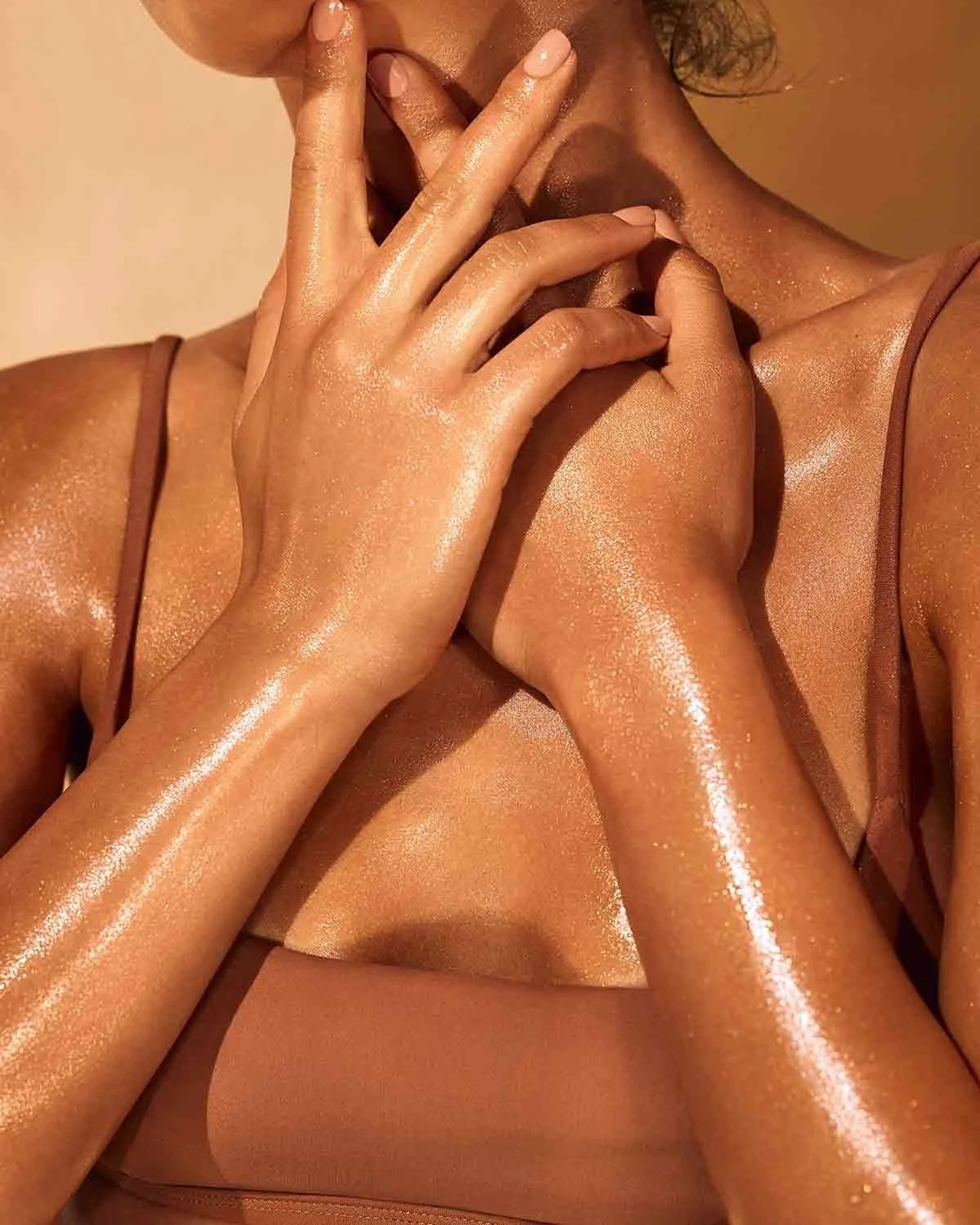
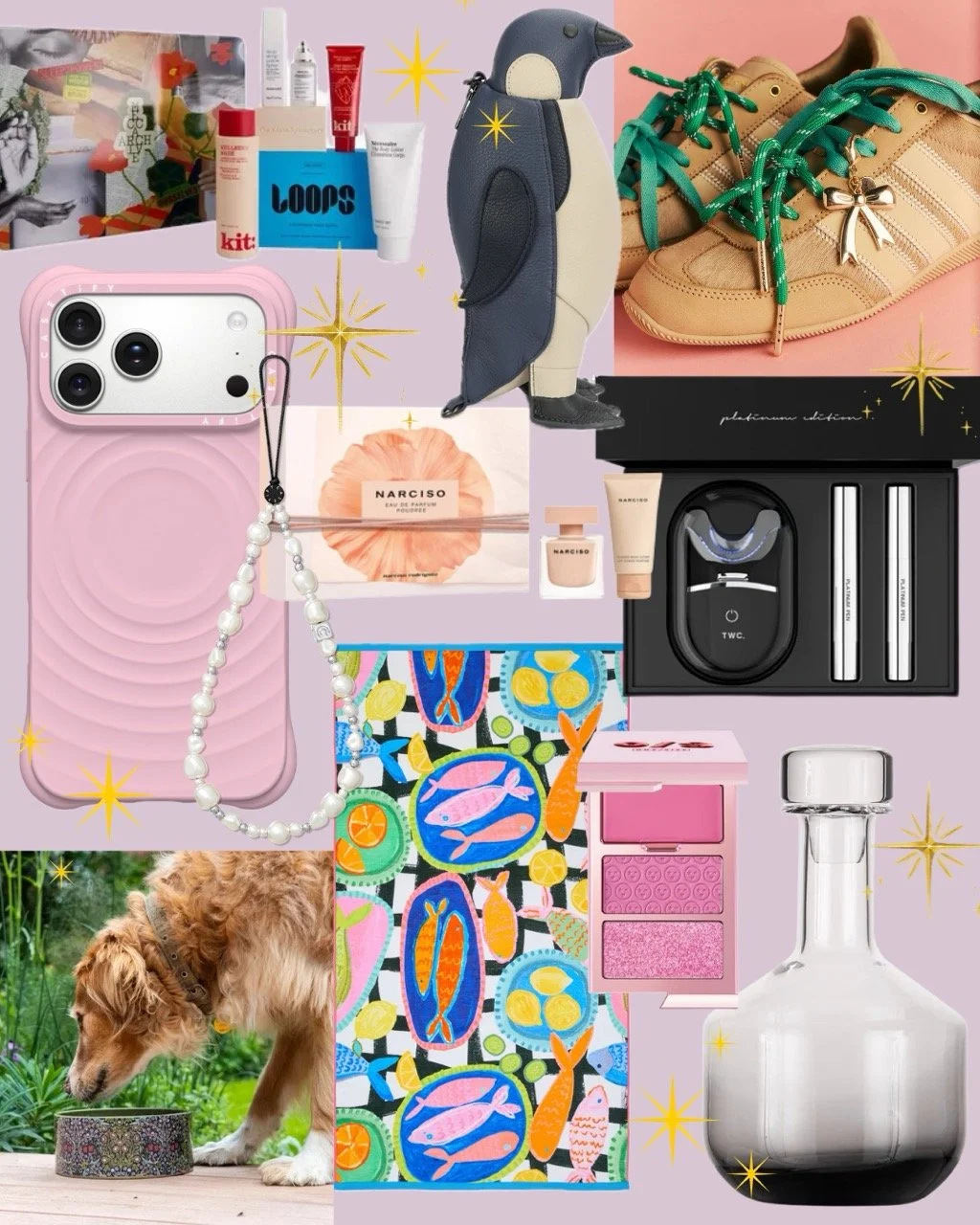

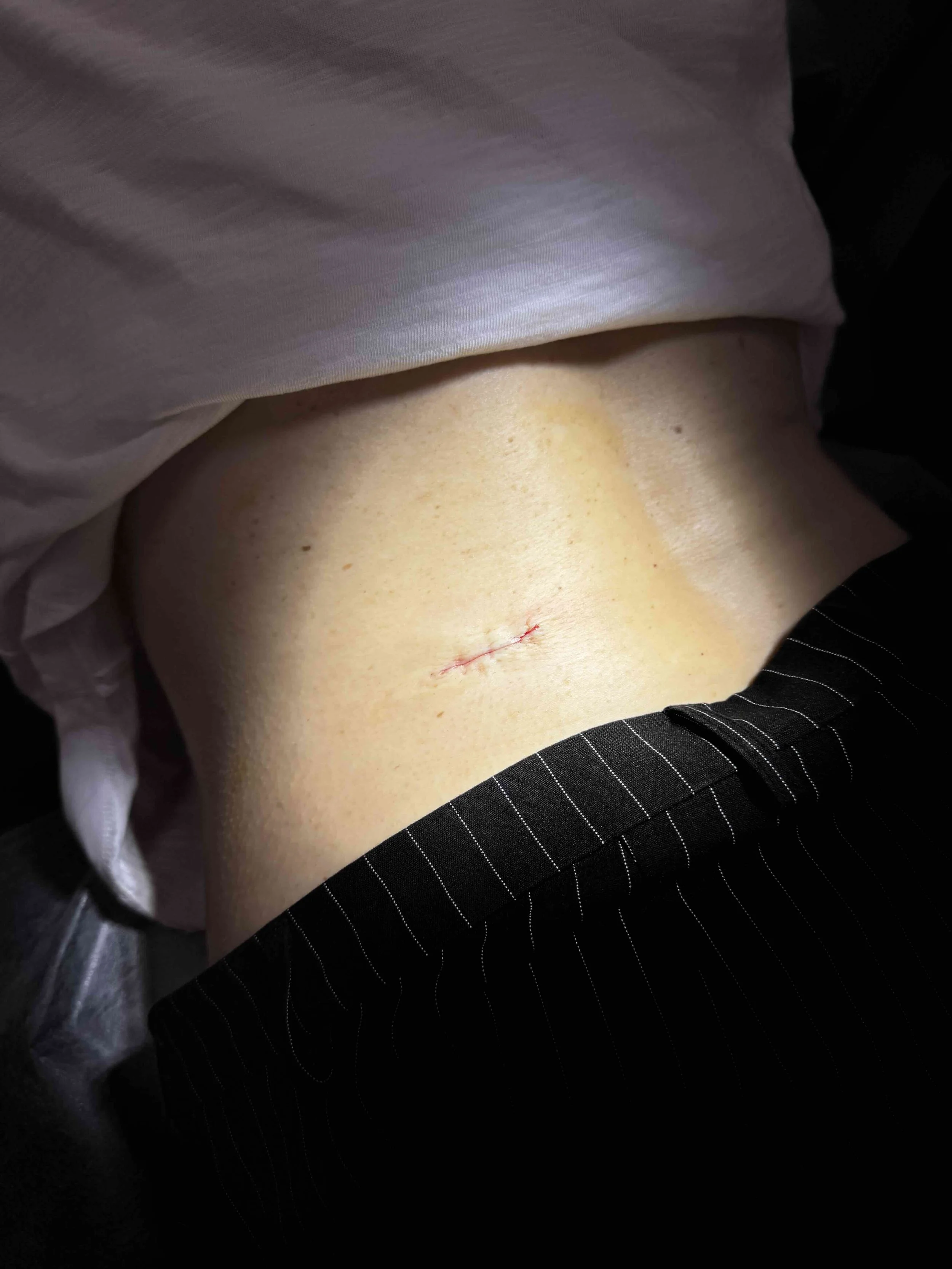
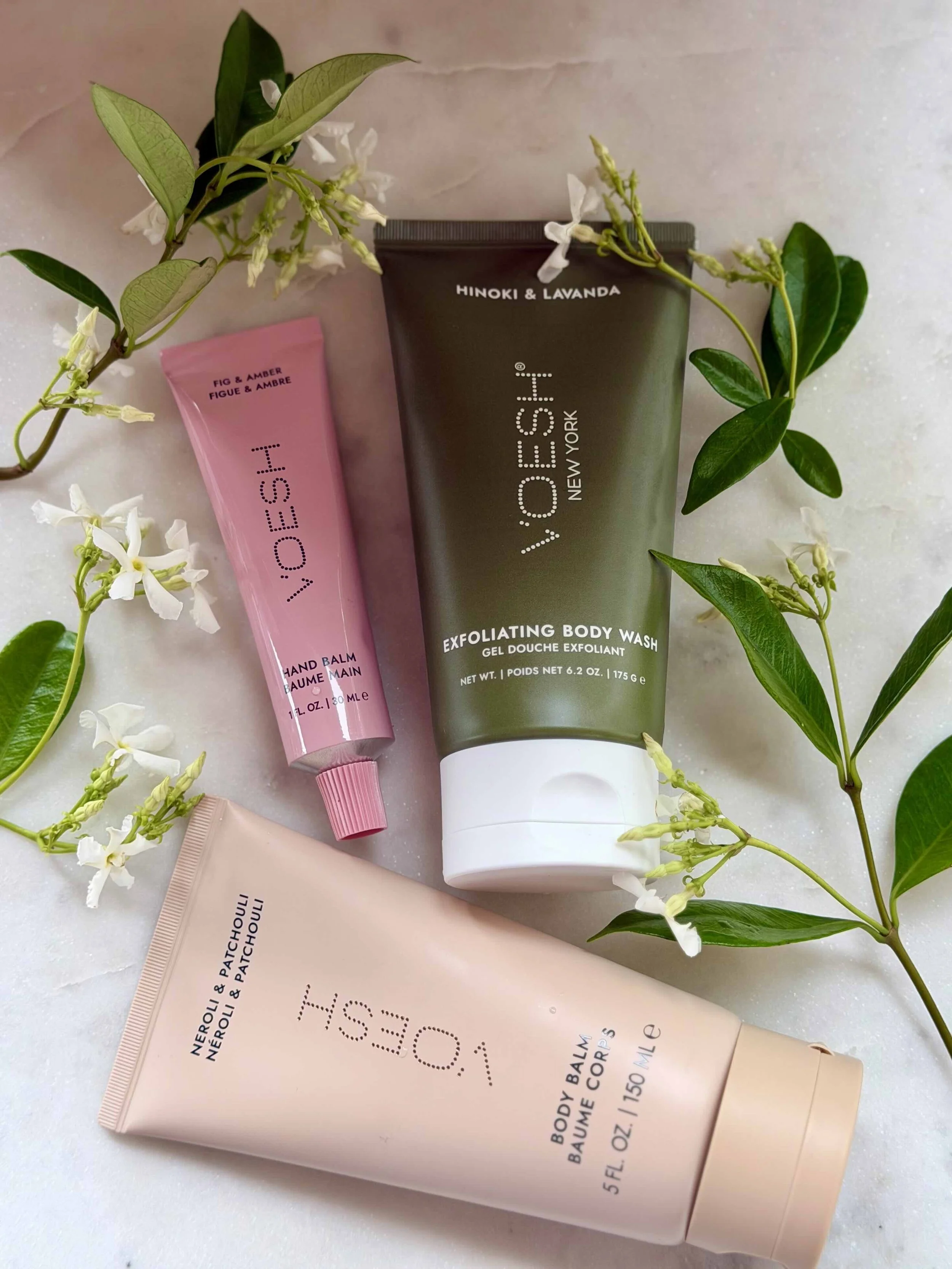


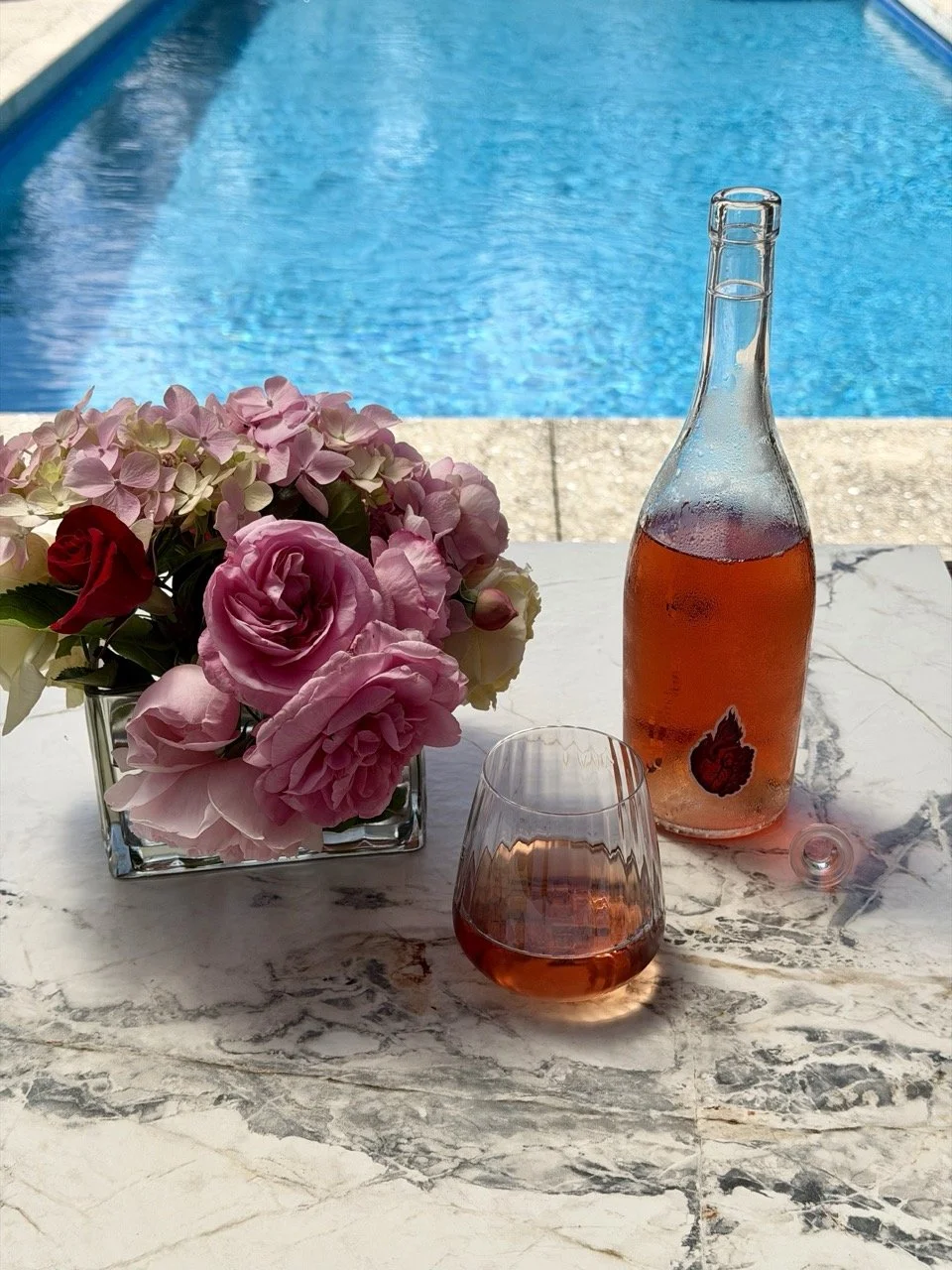
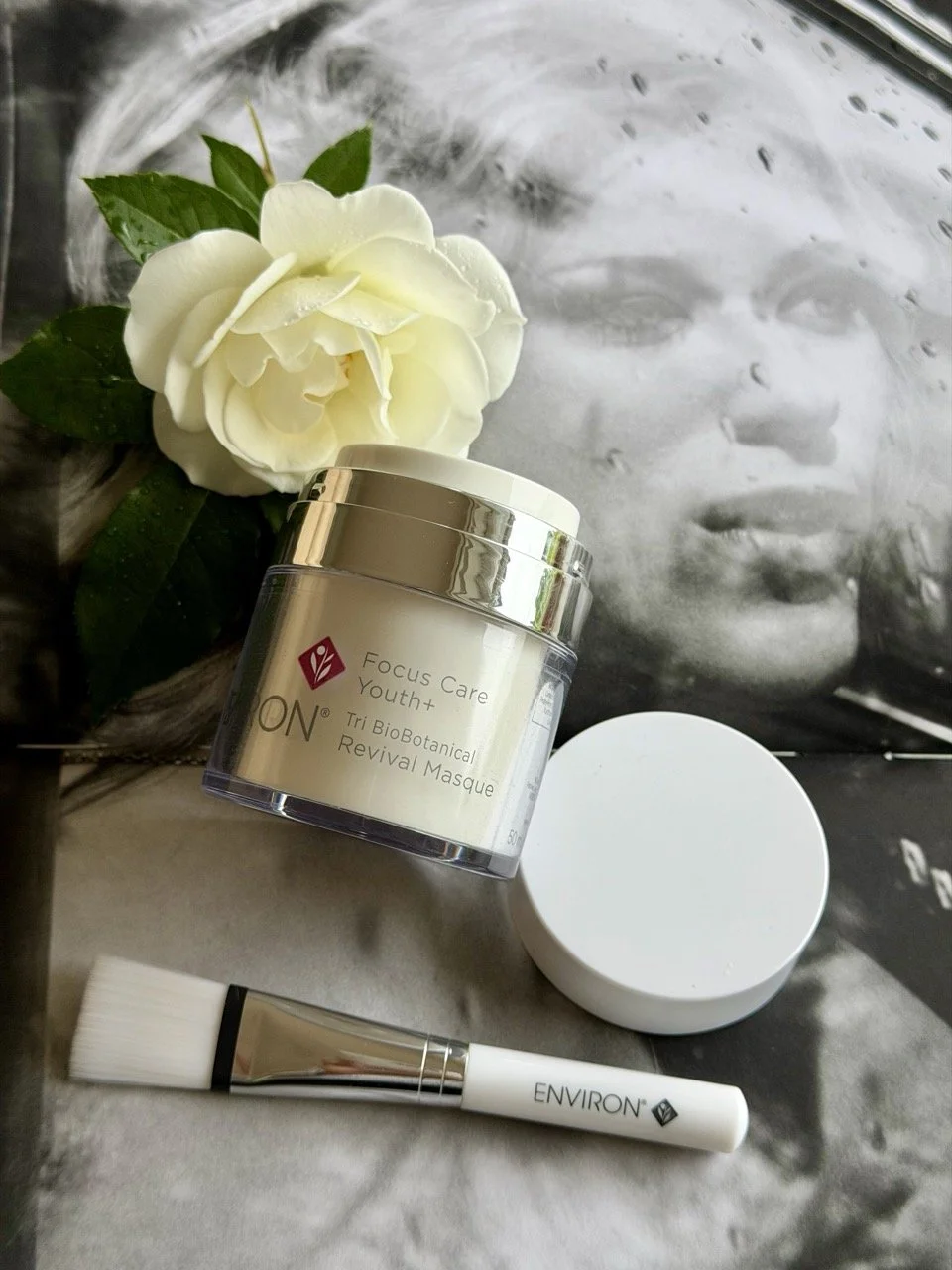
Why salmon sperm is more than just a viral moment for the skin.